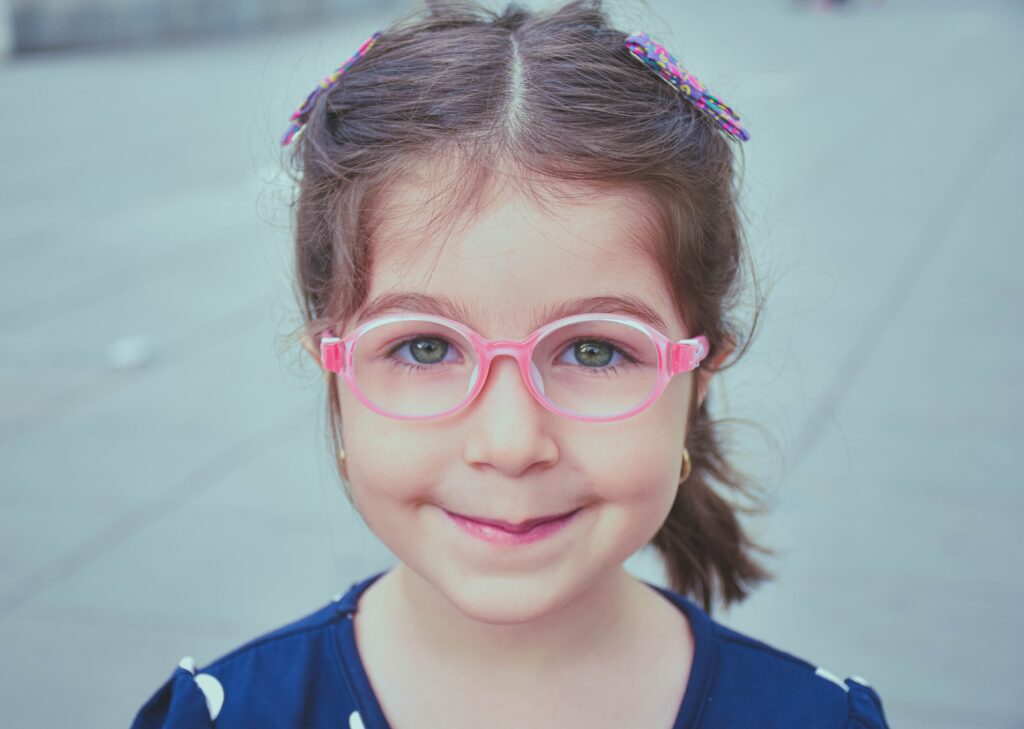
Healthy kids are happy kids, and as we’ve explored before, good habits can help lead to a healthy life for your kids.
Some of those habits might not be entirely obvious at first glance. Ocular health is an important facet of overall well-being since vision is considered to be the most dominant of all the senses. However, the International Agency for the Prevention of Blindness notes that children’s eye health is especially crucial since vision loss can significantly impact their development and long-term learning abilities. At present, at least 450 million children worldwide experience a sight condition that needs treatment, with refractive errors being the leading concern among this demographic.
In line with this, growing rates of myopia across the globe largely affect children, which leaves them vulnerable to vision impairment and blindness later in life if not treated properly. The magnitude of eye problems in children has put forth a demand for more sophisticated corrective solutions. One such solution is the use of varifocal lenses, but parents wonder if these complex lenses are a good fit for children, especially since most individuals who wear these are older adults.
What are varifocals?
At times, an individual may experience two or more eye conditions that need simultaneous correction in order to see properly. This is where varifocals are used, as they are a kind of multifocal lens that corrects vision at different working distances. In essence, varifocal lenses explained are a “one size fits all” solution in providing a greater field of vision for those with multiple prescriptions. A varifocal lens typically has three portions found in a single lens: long distance at the top of the lens, reading at the bottom, and intermediate in the middle.
Not to be confused with bifocal or trifocal lenses, varifocals are unique because they offer a seamless transition between prescriptions throughout the lens and are subtle enough that most people mistake them for regular lenses. However, the multifocal nature means it may take some time to get used to wearing them, but most are able to adjust quickly with consistent wear.
Are varifocals recommended for children?
While varifocals are typically associated with older adults since it is considered the correction for the age-related eye condition presbyopia, children and adolescents can also be prescribed these lenses to help with their vision problems. For children, varifocals are recommended because they help control the progression of myopia. Myopia is one of the most common vision problems experienced by children, and the multifocal nature of varifocals helps the eye adjust to different distances better, which prevents eye strain that could worsen symptoms of nearsightedness.
Additionally, varifocals are safe and comfortable for most children to wear, but close consultation with an eye doctor is still recommended. This is because factors such as the degree and type of myopia, lifestyle, and visual habits of a child need to be considered before prescribing varifocals. These lenses are a great solution in addressing myopia in children, but a doctor may recommend other interventions depending on their assessment of a child.
Benefits of varifocals for children
While not every child may be prescribed varifocals, they present a number of benefits for those who wear them. As mentioned previously, varifocals are often prescribed to children to help control the progression of their myopia. Controlling myopia at an early age is extremely important since it reduces the risk of developing other eye health problems, such as myopic maculopathy, open-angle glaucoma, posterior subcapsular cataracts, and retinal detachment later in life.
Furthermore, varifocals make it easier for children to see clearer, and this greatly helps with their ability to learn and develop properly. Clear vision is essential in ensuring that a child can get the most out of their education, as they’re not struggling to read words on a classroom blackboard or text from their books and screens. Additionally, using varifocals to keep children’s vision clear can avoid a short attention span, improve concentration, and prevent headaches caused by poor eyesight. In a way, varifocals not only support children’s ocular health, but these lenses are also effective in improving their development and learning.
